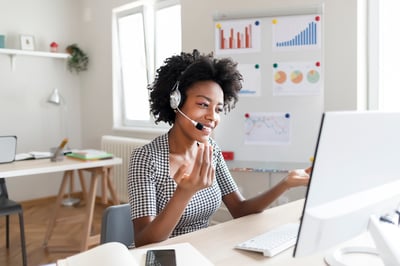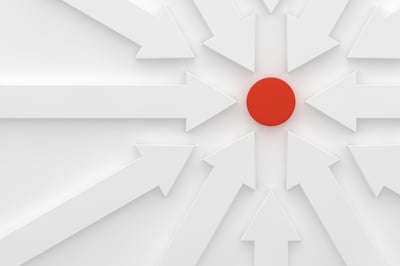August 20, 2019
 by Mark Thompson / August 20, 2019
by Mark Thompson / August 20, 2019
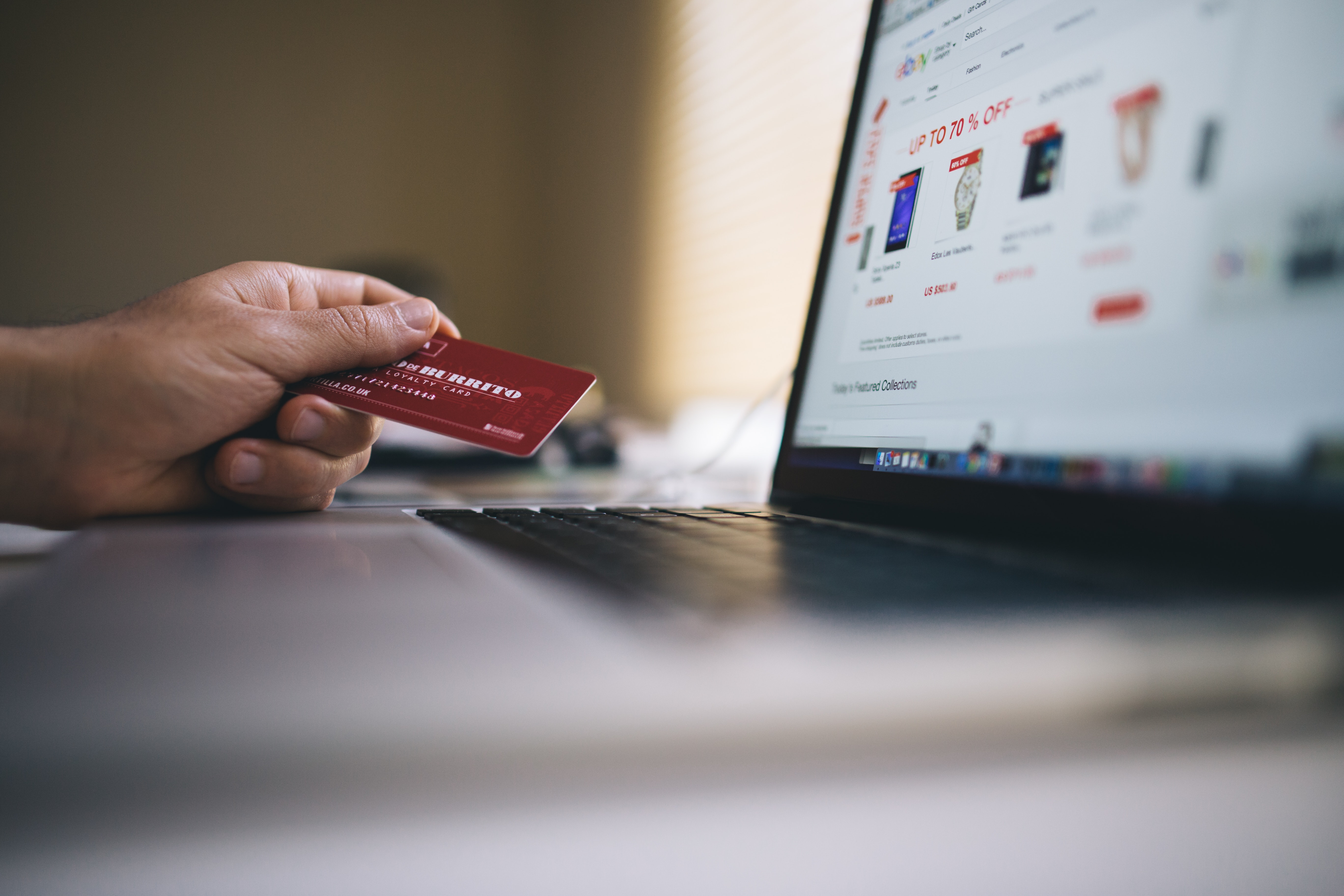
If there’s one metric any company wants to increase, it’s customer lifetime value (CLV).
Why?
Well, the probability of selling to an existing customer is 60 to 70 percent while the probability of selling to a new prospect is five to 20 percent. That means it’s easier to sell to an existing customer than a new one. This is because they already trust your brand enough to hand over their payment details, breaking the barriers for another purchase.
Doing this is the backbone for increasing customer lifetime value.
Unfortunately, you can’t sit back and wait for customers to head back to your website. There’s a chance they’ll forget about you or simply fail to recognize that you sell a range of other products, services, or software.
Show them you’re still on hand to help with these seven lifetime value multipliers.
There are various places you can upsell your existing customers to increase their overall lifetime value, most notably immediately after they purchase your front-end product and with an email sequence post-sale.
Here’s some great examples of upsells following the initial purchase for physical, digital, and coaching products.
Physical product:
| Sell more of the same thing (product multiplier). If you just sold a bottle of vitamins, then the perfect upsell would be a discount bundle of three more bottles. Rather than hoping they’ll buy more from you after they run out of the initial bottle, give them the option immediately while they’re still in the buying mindset. |
| Sell them a digital course that teaches additional things related to the physical product they just purchased. When selling health supplements, create courses teaching customers a specific diet and exercise plan. |
| Sell them a complementary product. You just sold a smartphone case to your customer. After the purchase, offer them a bundle of screen protectors at a discounted price. |
Digital product:
| Sell a complimentary membership. Your customer just bought an eBook from you, so now is the perfect time to offer them access to a VIP membership site where you provide a bit more advanced information during weekly/monthly training around the same topic. |
| Upsell additional licenses or commercial licenses (if you sell software) so your customers can use the software for their clients. |
| Break down your main product into multiple parts. If you feel that your main product could be broken down into a few different products, then remove parts of your main offer and create a second upsell offer based around those “upgrades.” |
Coaching product:
| Upsell complimentary services. If you’re a marketing coach, sell them your SEO services, paid advertising services, copywriting services, and so on. |
| Upsell an upgrade to an upcoming live event, like a conference you're hosting. |
| Sell them into a group mastermind with like-minded individuals. For example, your other clients. |
| Sell them templates for whatever service you offer. If in the legal space, sell them boilerplate legal documents that you’ve written where they can copy/paste their company information and use them on their sites. |
Use email automation sequences to sell more of the same product or other complimentary products (incentivize with coupons and free shipping).
Even if people don’t take the initial upsell when they purchase, you can tag the customer in your autoresponder accordingly. Set up an email automation sequence where you can sweeten the deal by offering an additional discount on the upgraded product or service. Provide them with a coupon to incentivize the upgrade.
There's a lot of money left on the table when you simply ignore the power of email marketing software, upselling, and cross selling.

For example, if you sell content marketing courses, shoot an email to people who have bought your $47 “Introduction to Social Marketing” course and ask if they want to upgrade their skill. You could recommend your $299 “How to Generate Sales from Social Marketing” course as a way to do that.
Just as important as making your upsell complementary to the initial product, you need to remove as much friction in the buying process as possible by using what’s called one-click upsells.
A one-click upsell allows your customers to click a single button to purchase instead of having to pull their credit card out again and re-enter their payment info. Because you have that information from their initial order, you can re-use it automatically for the upsells once they click the upsell order button.
One-click upselling alone can double conversion rates.
Many online shopping cart solutions allow you to easily enable this functionality for your sales funnel, no matter if you’re selling by way of credit card processing or PayPal.
|
Case study: In one of our sales funnels, we saw 54 percent of the total revenue come from the upsells. Initial Order Revenue = $113,164 Upsell Revenue = $133,957
You’ll see above the first product in that list sold a total of $113,164 in revenue. If we would have stopped there with no one-click upsells, we would have missed out on the additional $133,957 in sales. Just by adding the upsells, we more than doubled our revenue. |
Do you have products or services that people can buy together that fit together seamlessly? Consider grouping those together, and encourage people to purchase the bundle rather than the standalone product via order bumps on the checkout page.
Let’s say you’re selling a physical book. When the customer reaches the checkout page, offer them a digital version of the book so they can get immediate gratification and access it before waiting for it to be shipped.
Alternatively, let’s say you’re a technology retailer. If your customer is about to buy a new PC, use order bumps to recommend a related product, such as a computer mouse or a wireless keyboard.
Take a look at this example of an optional upgrade package directly on the checkout page for a physical book offer.
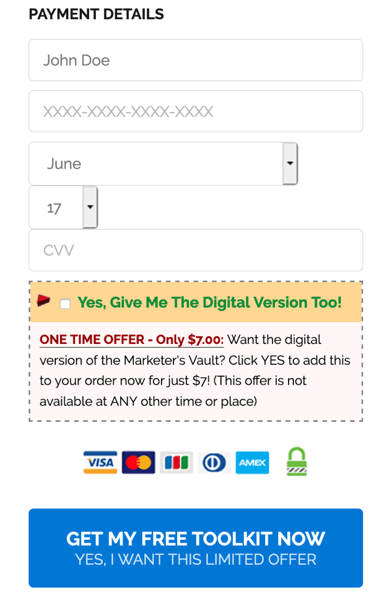
Order bumps work because the products you’re recommending are related to the items they’re seconds away from purchasing. You’re not pitching irrelevant items; you’re encouraging them to purchase things that will complement the products already in their cart. There’s a reason why 35 percent of all Amazon purchases come from “recommendations” of other related items to buy.
|
Case study: Free + shipping offer In this case study, the main offer was a free physical package, filled with three books, worksheets, and mindmaps. The initial charge was $14.95 to cover shipping and handling. After selling around 50 units, it was obvious from the responses we received through our customer support that our customers also wanted the digital version. So, we jumped into our shopping cart and added a $7.00 order bump in less than a minute. The result: After 143 front-end sales, 88 customers also added the order bump (61.53 percent conversion rate on the order bump), which led to an additional 40 percent Increase in revenue. |
Did you know that 55 percent of the reasons why customers abandon their online carts is because of price?
A great way to help your customers overcome that barrier is to include downsells: Lower cost products to bring them on as a customer and prove you’re worthy of their cash.
This is a great choice for high-cost items or long-term subscriptions, like memberships or online courses. By recommending a lower cost product in your emails after seeing that they added your product to their cart without purchasing, you’ll boost your chances of turning them into a customer.
They may return three months later and buy your high-ticket item once you’ve won their initial trust and convinced them how awesome your products are.
Downsells don’t have to be that complex, though.
Simply use your cart abandonment emails to give them a personalized discount code, and you’re already doing a great job at removing three-quarters of abandoned carts that happen due to price.
How many times have you purchased a product solely because there’s a discount code to entice you? You’re not alone.
According to the Valassis coupon intelligence report, 90 percent of consumers use coupon codes at some point throughout their buying process. Not to mention coupons instantly generate loyalty. That’s important if you’re trying to boost the CLV of each customer through your (virtual) doors, bringing you more revenue.
So, what incentives can you give to past customers to convince them to purchase again?
You could offer:
| Discount codes |
| Free shipping offers (which increases the likelihood of a sale) |
| Buy one get one free deals (BOGO) |
| Free bonus products with a next purchase |
It’s important that the incentives you’re offering to existing customers are just as good or better than the incentives you’re giving to new customers.
People already on your customer list want to feel special, and if they are to purchase again from you in the future, you need to show them just how special you think they are.
Take a look through your customer list and ask yourself who bought one product, but didn't buy your others? Make a list of those customers and retarget them elsewhere to convince them to purchase another item.
You can run these retargeting campaigns through Google Ads, Twitter, and Facebook to show each customer products related to the item(s) they bought.
Let’s say Customer A purchased a weight loss course on your website. By uploading their email address to a custom audience in Facebook, you can target them again through Facebook ads, and recommend a diet plan product, vitamins, supplements, and anything else to complement their weight loss course.
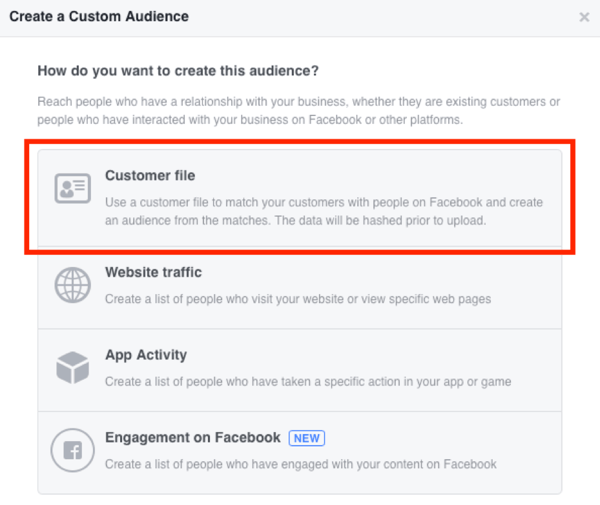
Google Ads now has the ability to create dynamic, time sensitive, retargeting ads as well (called Ad Customizers). This is perfect for limited-time promotions that can help nudge those fence-sitters who visited your site, but didn’t buy.
Retargeting allows you to take advantage of the fact that website visitors who are retargeted with display ads are more likely to convert by 70 percent. Not only are you engaging with them post-purchase, but you’re more likely to experience a positive ROI with remarketing campaigns.
That's money well-spent.
|
Related: Check out the top advertising statistics to see the best way to reach your customers from all angles.
|
How are you charging customers for your product? The answer could make or break your ability to turn them into long-term, raving evangelists.
Let’s take the subscription model, for example. If you’re giving customers a one-time payment plan to access the content of your course, they’ll pay it. However, your revenue from that customer has disappeared until you convince them to purchase another product.
Alternatively, if you’re using a subscription model whereby customers are billed monthly or yearly to access your product, course, or membership, there’s no expiring date to continued “purchases” from that same individual. Customers are paying until they no longer need it anymore, as opposed to a purchase-and-run model.
It costs more to attract a new customer than it does to keep an existing one, paying you month over month automatically. Going back to the course example above, that could be as simple as offering an exclusive piece of content alongside the course (such as a workbook) if they subscribe to a monthly billing schedule.
Subscription models allow you to predict your revenue and keep customers on a long-term plan. They’ll stick around until they no longer need your product, but if you’re using the strategies shared here, there’s no reason why they’ll cancel.
Invest in customer success rather than customer "support." Here’s the difference: customer success is proactive, not reactive like customer support is. With the former, you’re actively reaching out to existing customers, offering additional help to increase their success with your product.
This proactive approach to customer service follows the “surprise and delight” model. Humans are wired to enjoy surprises, and they’ll love it even more if you’re helping them meet their goals.
So, what can you do to increase communication with your customers and help them succeed with your product? Focus on boosting the value of existing customers, because people who receive a great customer experience are more likely to repurchase from the same company.
Your business should aim to deliver the best experience to every customer you have, but problems are inevitable. You’ll always have some customers reach out for support.
Ideally, you should also have various ways for your customers to communicate with your representatives, such as live chat, email, phone calls, and self-help docs.
The easiest, and often most cost-effective, way to get customer feedback is to ask them directly.
Let’s say you’re running a membership site. Instead of waiting for customers to tell you they want access to influencer interviews in their monthly price, send a survey to your customers and ask them if they’d watch them (and if so, who would they like to see you interview?).
The same concept could apply to anything your customers express an interest in.
Monitor your customer support tickets. If you see something being requested frequently, such as video transcripts or the option to view content offline, survey all customers and suss out whether they’d be interested.
If they are, roll it out.
|
TIP: Make sure you utilize survey software to create surveys that stick out in your customers' minds and make them want to respond. |
As you can see, it’s crucial for online businesses to retain and delight existing customers, especially when it costs five times as much to attract a new customer than it does to keep an existing one. These lifetime value multipliers not only build a strong army of raving fans, but ensure you have a steady stream of revenue.
Read all about the customer experience to ensure you're doing the most to keep your customers happy.
Mark Thompson is the co-founder of PayKickstart.com, a SaaS that is reinventing the modern-day shopping cart and affiliate management, helping thousands of businesses and entrepreneurs sell more, maximize customer lifetime value, and automate subscription commerce. Mark has spent over a decade in the world of marketing and software, selling over $20+ million of his flagship training programs and software.
Imagine if every visitor who discovered your website turned into a paying customer.
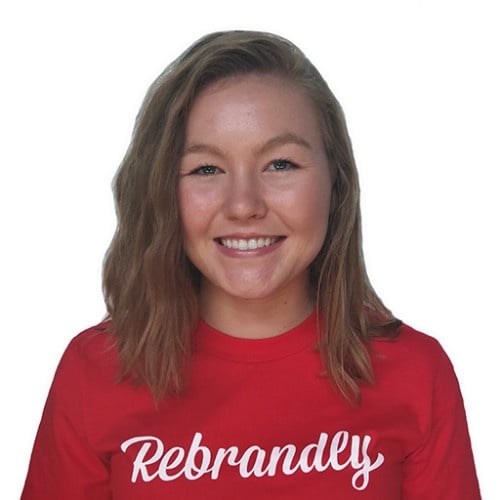 by Hannah Harrington
by Hannah Harrington
If you represent a B2C business, you’d know how challenging it is to acquire new customers.
 by Forum Sheth
by Forum Sheth
Facebook retargeting isn't exactly new to the paid social advertising world.
 by Sean Thomas Martin
by Sean Thomas Martin
Imagine if every visitor who discovered your website turned into a paying customer.
 by Hannah Harrington
by Hannah Harrington
If you represent a B2C business, you’d know how challenging it is to acquire new customers.
 by Forum Sheth
by Forum Sheth

